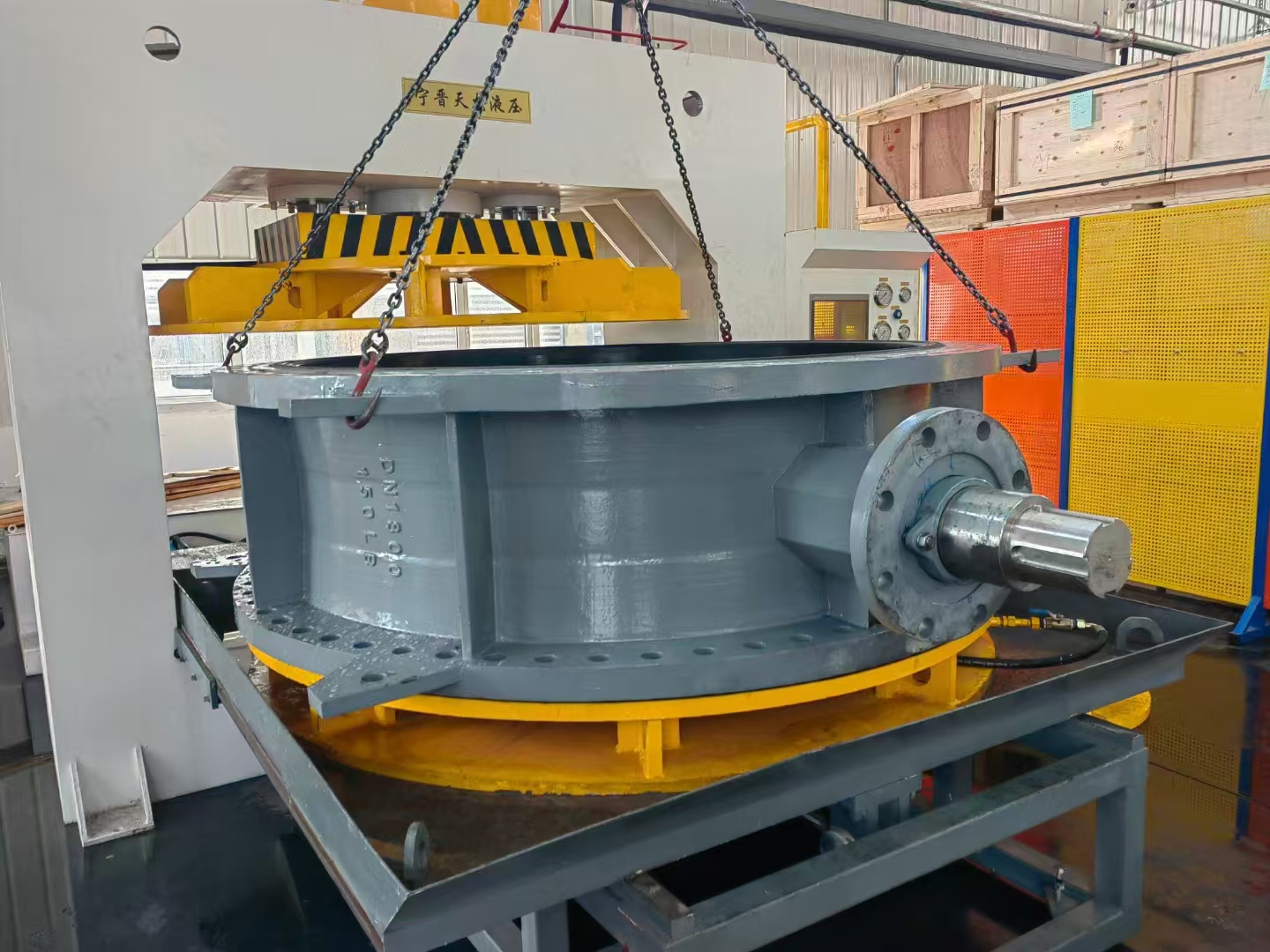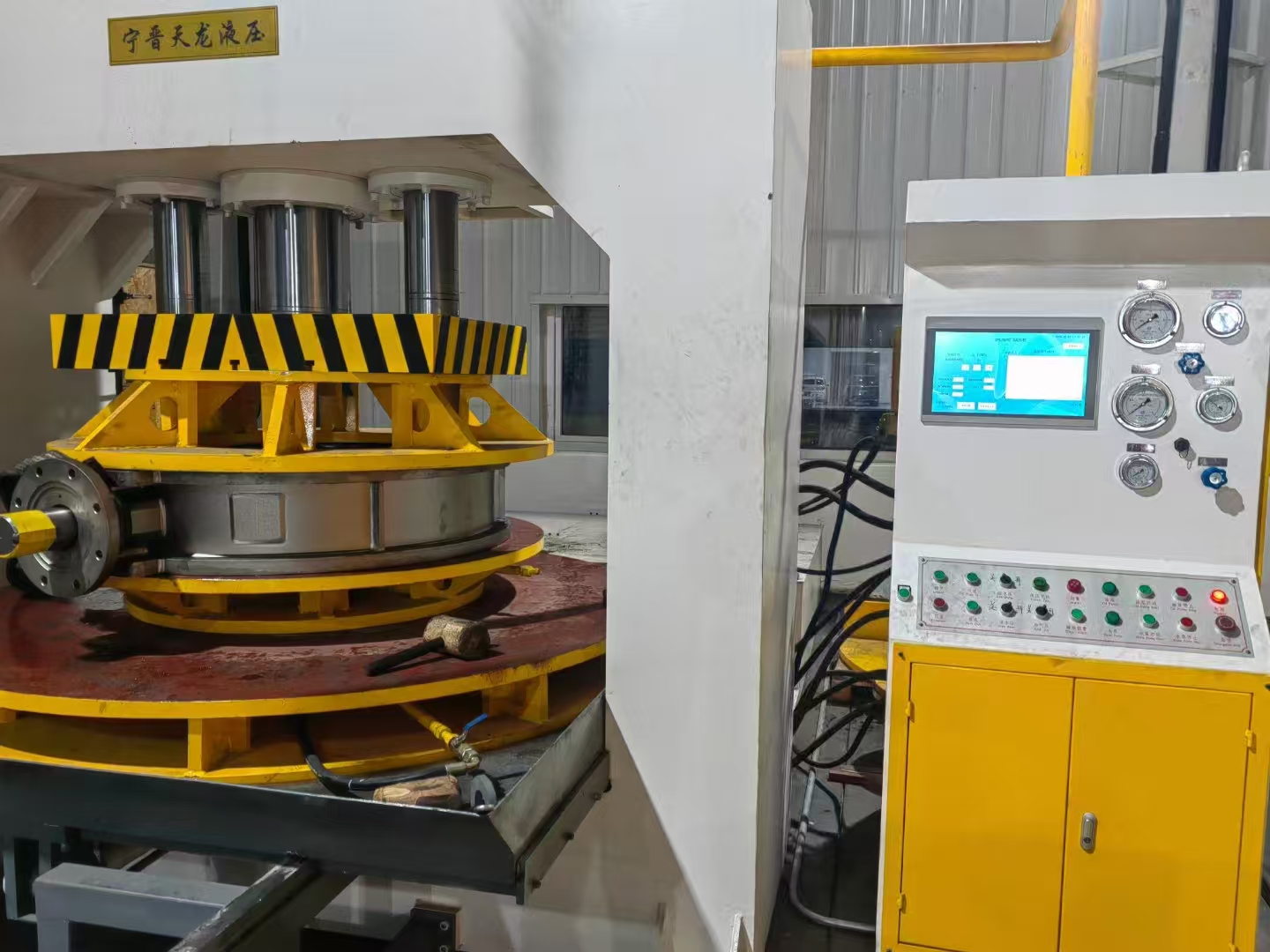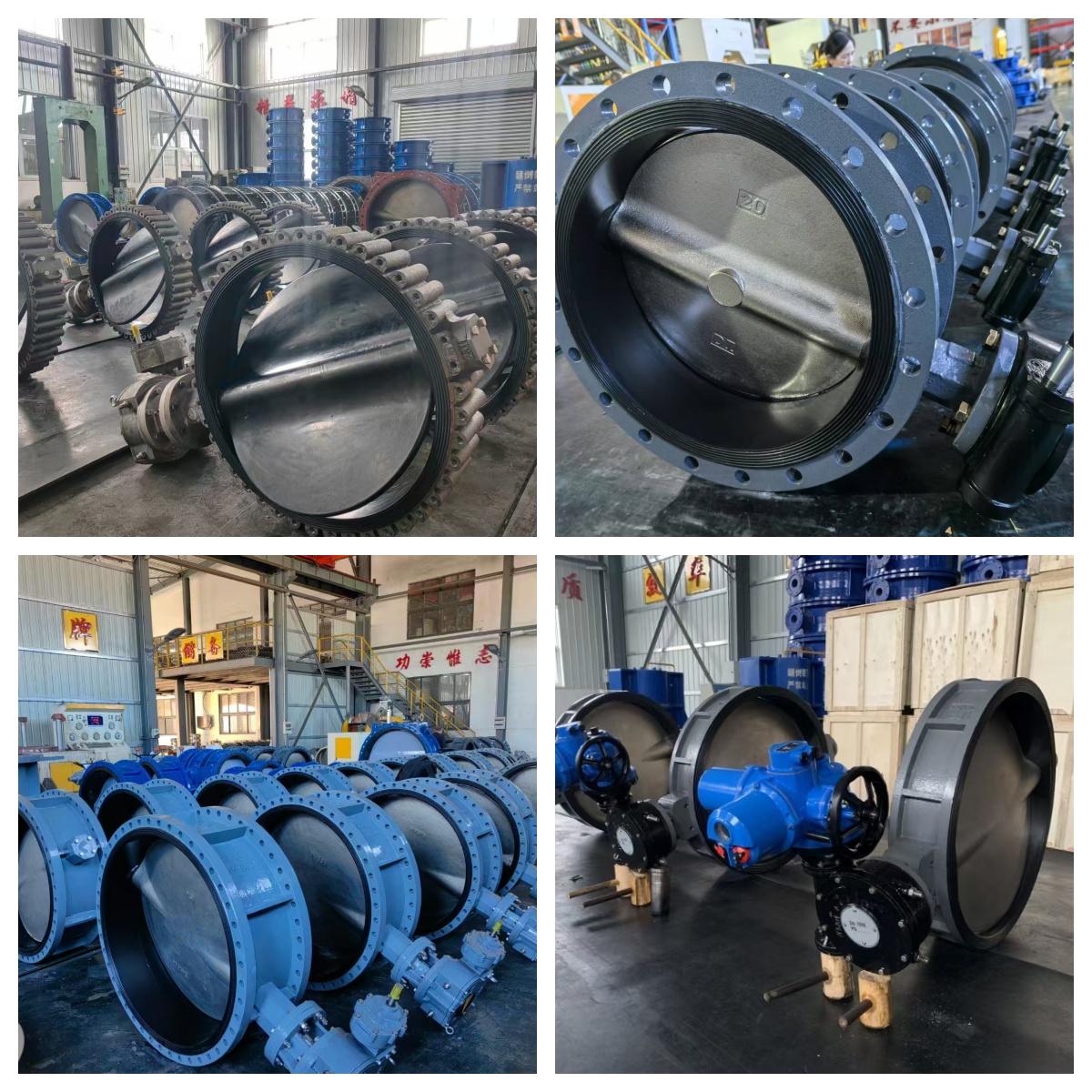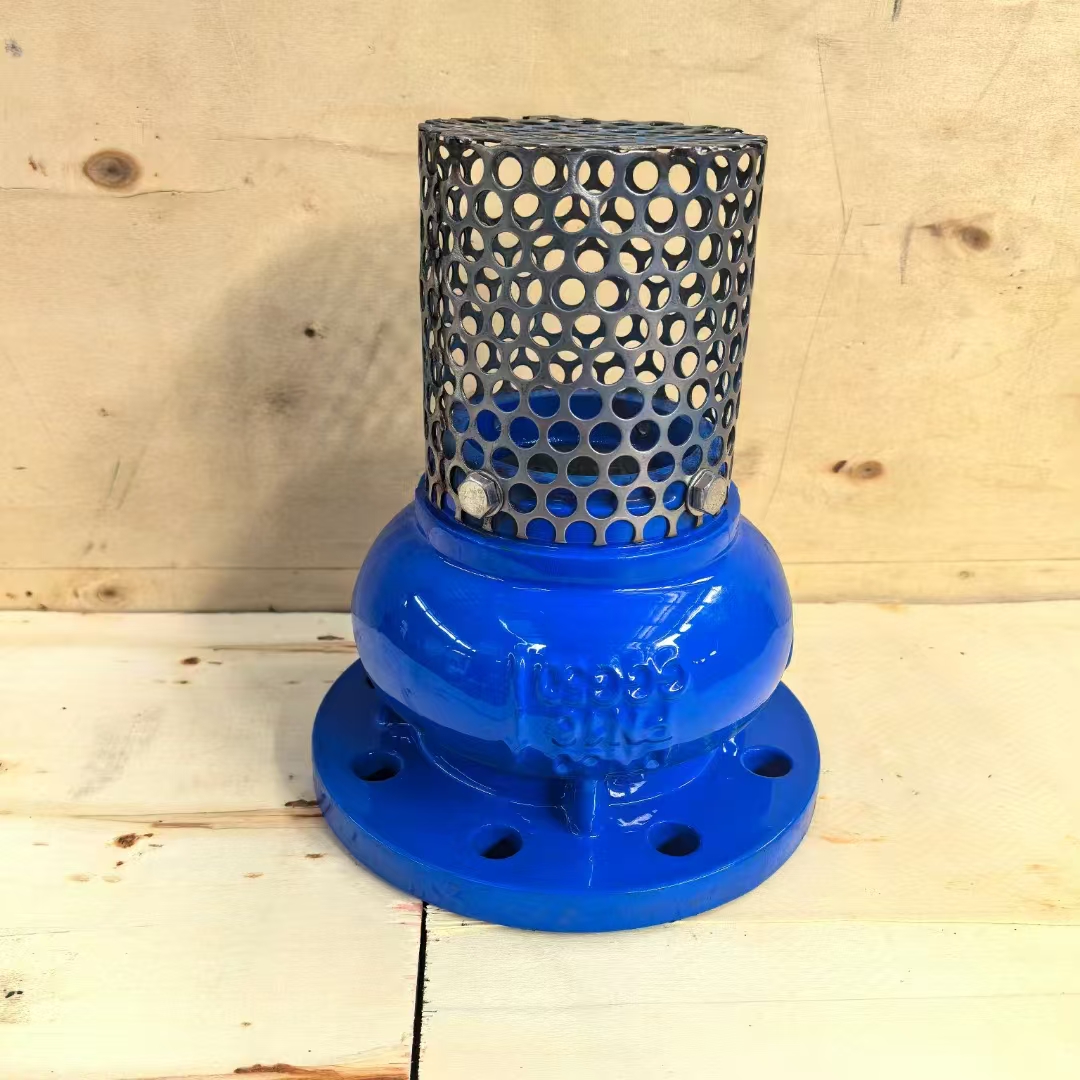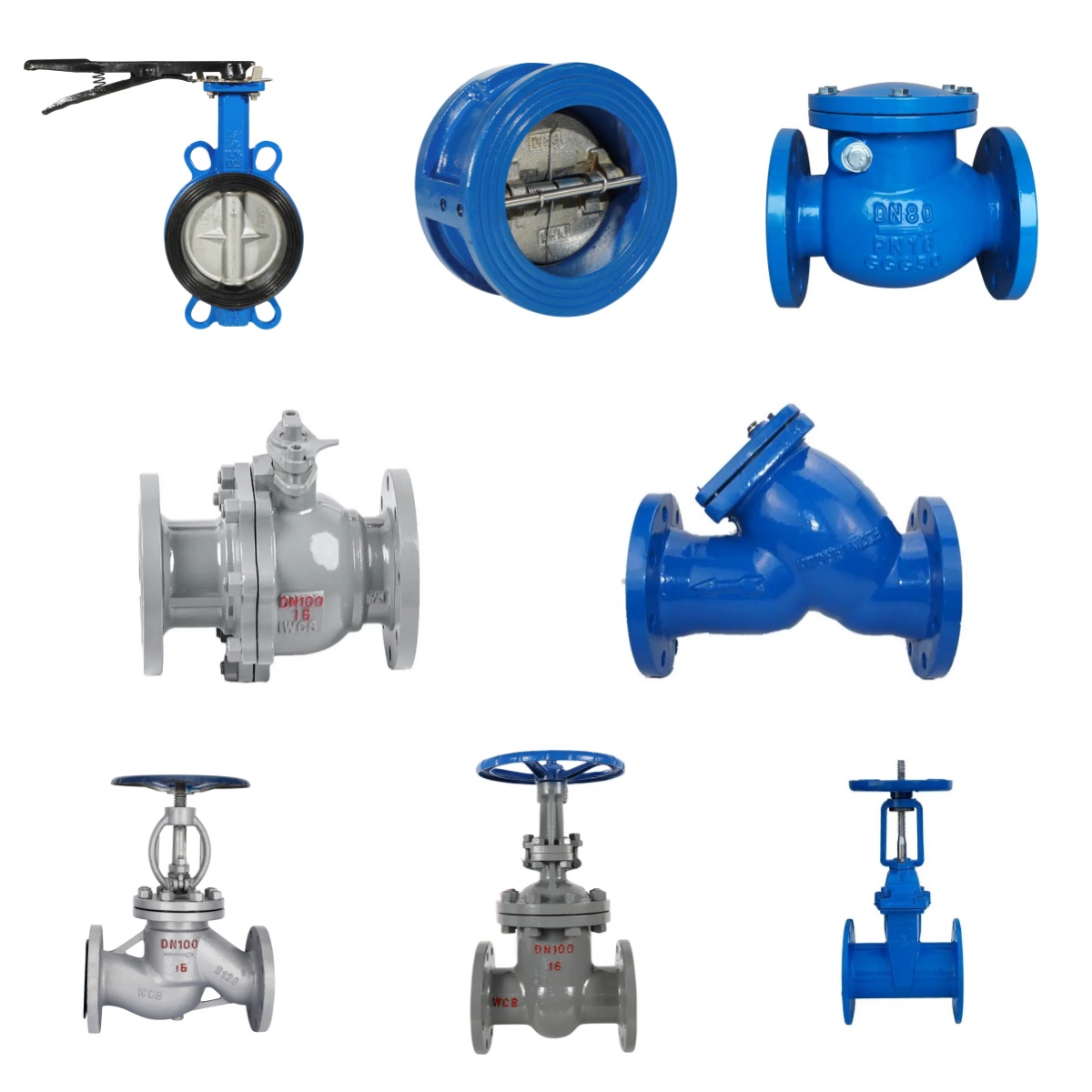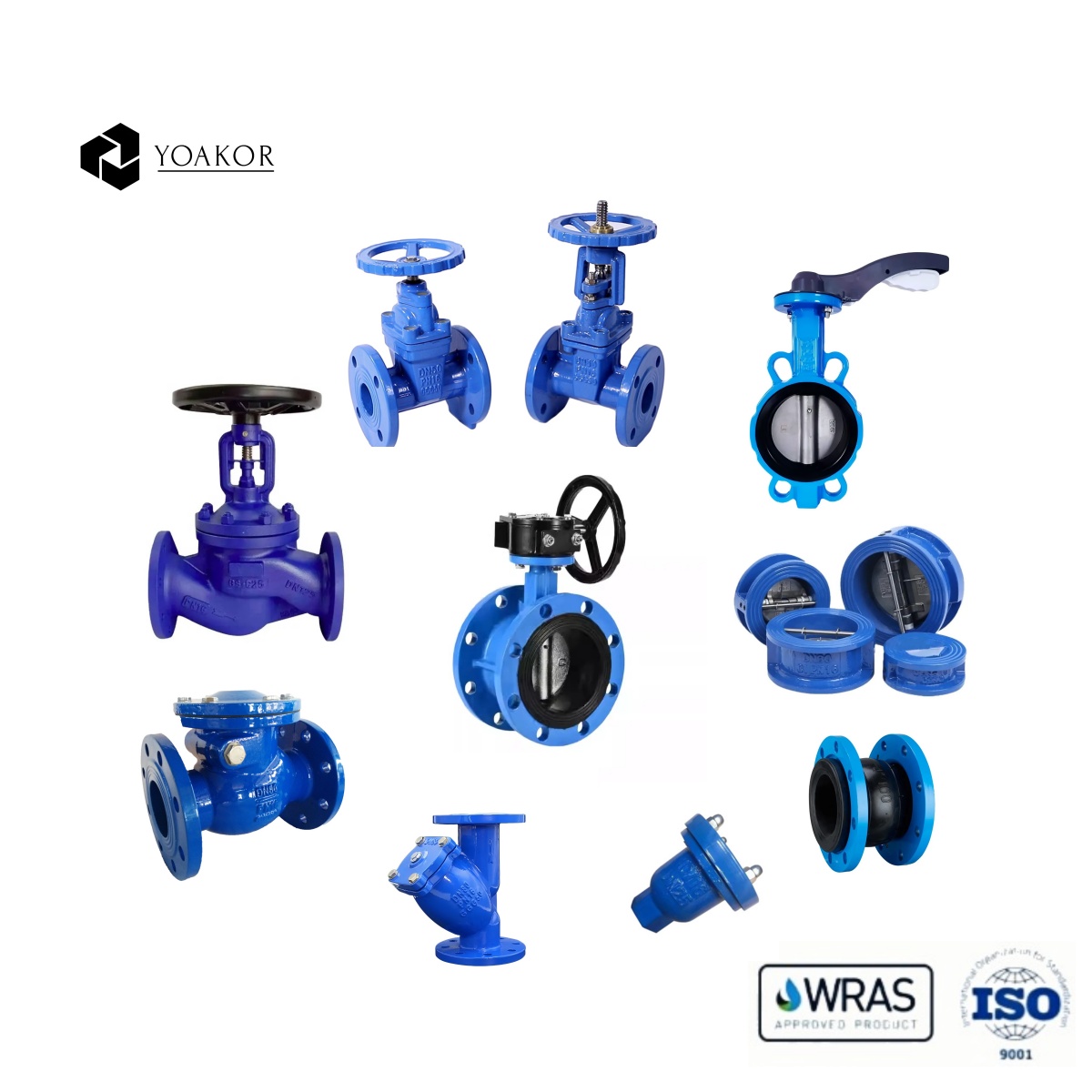1. Water pressure test
The water pressure test is a common pressure test method for butterfly valves. Its main purpose is to detect the sealing performance of butterfly valves under normal use pressure. The specific operation method is to install the butterfly valve on the test bench, pressurize the water to the design pressure with a water pump, and observe whether the butterfly valve has leakage. If there is no leakage, it means that the sealing performance of the butterfly valve meets the requirements.
2. Air tightness test
The air tightness test is another common pressure test method for butterfly valves. Unlike the water pressure test, the air tightness test is mainly used to detect the air tightness of the butterfly valve. The specific operation method is to install the butterfly valve on the test bench, pressurize the gas to the design pressure, and observe whether the butterfly valve has leakage. If there is no leakage, it means that the air tightness of the butterfly valve meets the requirements.
3. Low temperature test
The low temperature test is to detect the performance of the butterfly valve in a low temperature environment. The specific operation method is to put the butterfly valve in a low temperature test box, cool it down to the design temperature, and observe whether the sealing performance and operating performance of the butterfly valve are normal. If normal, it means that the butterfly valve has good low temperature performance.
4. High temperature test
The high temperature test is to test the performance of the butterfly valve in a high temperature environment. The specific operation method is to put the butterfly valve into a high temperature test box, heat it to the design temperature, and observe whether the sealing performance and operating performance of the butterfly valve are normal. If normal, it means that the butterfly valve has good high temperature performance.
